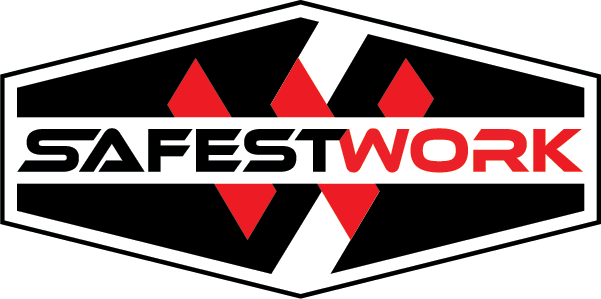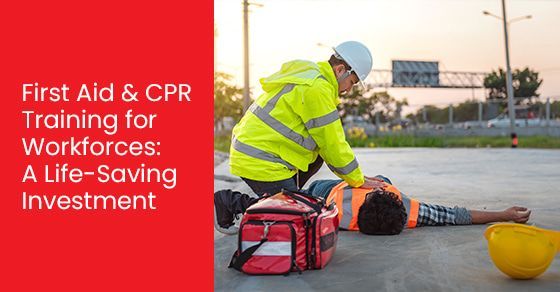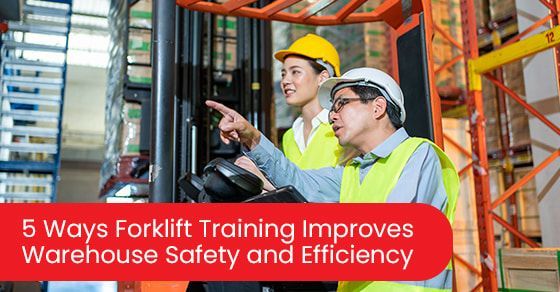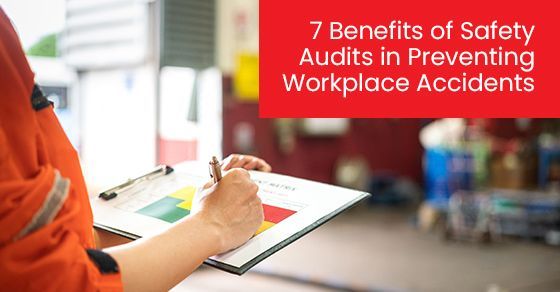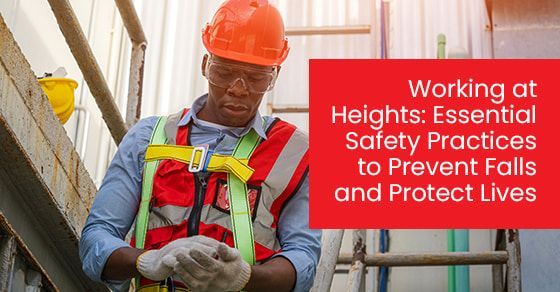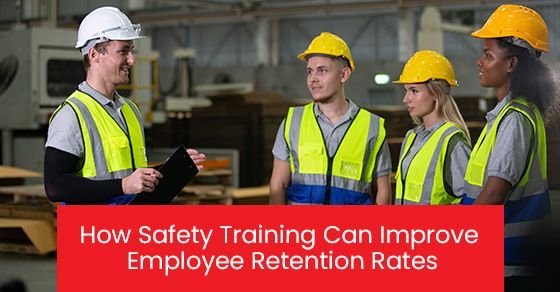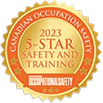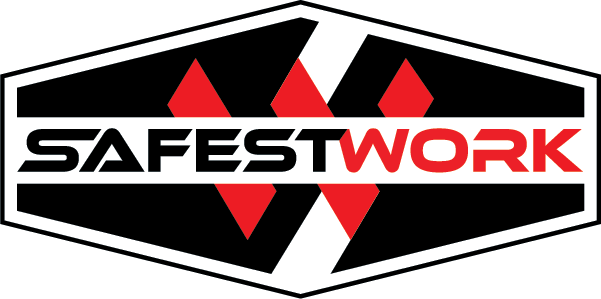5 Best Practices for Managing Construction Workers’ Health & Safety
What keeps your workers safe on a construction site? Most would say compliance, and that’s a start. But real protection takes more than just ticking boxes. To prevent accidents and build trust with your crew, you need to back up the rules with real action.
Construction is one of the riskiest jobs out there, and no two days on site are exactly the same. Maybe the weather turns. Maybe the loader won’t start. Or maybe someone slips up. Managing that kind of unpredictability takes more than a binder full of policies. It takes a routine, something your crew can rely on day in and day out.
At SafestWork, we help construction teams across Southern Ontario turn safety policies into habits that stick. If you're ready to move from reacting to problems to preventing them, these five best practices will help you build a safer, steadier site.
How to Build a Proactive Safety Culture on Construction Sites
A safe worksite doesn’t happen by luck. It’s built on habits, expectations, and the belief that everyone, from labourer to foreman, has a part to play. Let’s walk through five practical ways to make safety part of the daily routine.
1. Lead by example at every level
If the people in charge don’t take safety seriously, why would the rest of the crew? Supervisors and managers set the tone. When they show up in proper PPE, follow the same lockout rules as everyone else, and stop the job when something looks off, that sends a clear message.
This matters even more when you're dealing with high-risk tasks, such as scaffolding work. Falls from height are still one of the top causes of injuries in construction, and most of them can be traced back to poorly maintained or rushed setups. If leaders treat these details as life-or-death (which they often are), the crew will too.
2. Set clear safety goals and formalize your program
A good safety culture needs something solid underneath it. That’s where a written safety program comes in. You don't need more binders full of paperwork no one will ever look at, but you do need a plan that's clear-cut and easy to follow. At a minimum, your safety program should outline site-specific hazards, the procedures for managing those risks, emergency response protocols, training requirements, and the roles and responsibilities for everyone involved.
It should also lay out measurable goals, like cutting down on lost-time injuries or improving how consistently PPE is used. That way, you’ve got a clear way to track progress and hold people accountable. When expectations are clear and there’s something solid to refer back to, things run smoother.
3. Make safety a daily discussion
Safety talks don’t need to drag on, but they do need to happen. A quick five-minute huddle before the shift is often enough to go over what’s happening that day, point out any changes, and remind the crew what to watch for.
These daily check-ins keep safety top of mind and give crews a chance to bring up concerns before they become problems. Plus, they’re a good moment to call out when things go right, like wrapping up a week without a single incident.
4. Track and analyze safety incidents
Every cut corner, close call, or broken rule tells you something. There might be a pattern or a blind spot. If you’re not keeping track of this stuff, you’re guessing instead of learning.
Logging incidents, big or small, helps you see what’s slipping through the cracks before it leads to something worse. But it’s not just about avoiding problems. You also need a solid plan for what to do when things go wrong. That means clear evacuation routes, knowing who calls who, and running drills so the crew doesn’t panic when it counts.
Getting ready for emergencies doesn't seem urgent until it is. If everyone knows the plan and has practiced it, things get handled quickly and with a lot less confusion.
5. Provide regular, practical training
Training is where safety plans turn into real-world results. If workers don’t know how to handle a situation, even the best policies fall flat. That’s why SafestWork focuses on delivering practical training that actually prepares your team for what they’ll face on site.
From WHMIS and Working at Heights to Lockout/Tagout and Supervisor Awareness, we offer courses that meet Ontario’s legal requirements while addressing the day-to-day hazards construction crews deal with. Every session is built to be clear, hands-on, and easy to apply.
We also offer flexible refresher options and regular scheduling to keep everyone certified and confident. Our trainers bring experience from the field and the Ministry of Labour, which means your crew gets more than just a certificate; they get practical advice and real safety insight.
Whether it’s making sure PPE fits properly or reinforcing how to spot jobsite hazards before they turn into problems, our goal is to help your team take ownership of safety.
Strengthen Construction Safety with WHMIS training from SafestWork
If your crew knows what the risks are and how to handle them, the job gets done safer and faster. You don’t build that kind of confidence with a memo or a meeting. It comes from putting in the time with clear training, real experience, and expectations that make sense on the ground.
SafestWork’s
WHMIS training is built with that in mind. Our instructors have worked the jobs they teach. We cover what your crew actually needs to know, from chemical hazards to the basics of staying compliant, so they can show up prepared and get the job done right.
Ready to tighten up safety on your site? Call
SafestWork at
1-844-SAFEST-1 (844-723-3781), email support@safestwork.com, or
get in touch online.
